Programme
08.30
Welcome and research perspectives
Heinz OSSENBRINK
Former European Commission | Joint Research Centre | Ispra | Italy
Wim SINKE
ECN | Petten | The Netherlands
9.00
Photovoltaic patterns and landscapes
Alessandra SCOGNAMIGLIO
ENEA Italian National Agency for New Technologies, Energies and Sustainable Economic Development| Portici | Italy
9.15
Energy transition: A new dimension in the landscape
Sven STREMKE
Wageningen University | Amsterdam Academy of Architecture | Amsterdam Institute for Advanced Metropolitan Solutions | Amsterdam | The Netherlands
PART ONE | VISIONS AND CONCEPTS
09.30
The national perspective energy and space: the Dutch discourse on sustainable energy transition, from a spatial perspective
Dirk SIJMONS
Prof. emeritus TU Delft | H + N + S Landscape Architects | Amersfoort | The Netherlands
10.00-10.30
NETWORKING COFFEE AND PROJECTS DISCUSSION
10.30
Solar energy landscapes in the Netherlands: Design research across spatial scales
Rens WIJNAKKER
FABRICations | Amsterdam | The Netherlands
11.00
Post fossil city: Solar energy in public space
Tom VAN HEESWIJK
Wageningen University and Research | Wageningen | The Netherlands
11.30
Photovoltaics, buildings and design opportunities
Ger GIJZEN
UNStudio | Amsterdam | The Netherlands
12:00
Syn[En]ergy: exploring the use of Photovoltaics on horizontal city spaces
Astrid SCHNEIDER
Business Unit Photovoltaic Systems | Center for Energy | AIT Austrian Institute of Technology | Vienna | Austria
Georg BAUTZ
Department of Landscape, Spatial and Infrastructure Sciences | University of Natural Resources and Life Sciences (BoKu) | Vienna | Austria
12.15-13.00
ROUND TABLE
moderator Heinz OSSENBRINK
CLOSING REMARKS
Nigel TAYLOR
European Commission | Joint Research Centre | Ispra | Italy
Speakers
Heinz OSSENBRINK
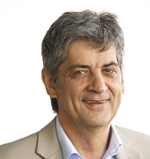
Former European Commission | Joint Research Centre | Ispra | Italy
Dr. Heinz Ossenbrink, born in 1951, has a PhD in Nuclear Physics from Hahn Meitner Institute, Berlin and joined the European Commission’s Joint Research Centre in 1982. He built up the JRC’s activity on Photovoltaics when Europe started its research and pilot programme for Photovoltaic systems. In 1995 he became Head of the Unit for Renewable Energy, and expanded research and support activities to Energy Efficiency and Bio-Energy, notably Biofuels. His work is dedicated to the scientific support of EU legislation for Renewable Energies and Energy Efficiency. More recently, he is developing the unit’s portfolio to support Africa’s efforts for a renewable energy supply.
Since 1982 he is contributing to the standards work of the IEC TC82, Solar Photovoltaic Systems, in particular regarding calibration of reference cells and lifetime testing of PV modules. His many publications cover measurement and testing methods for photovoltaic generators, economic assessment of renewable energy and global environmental impacts of extended bio-fuel use.
From 1995 he has been serving as Programme Chair of the prestigious series of European Photovoltaic Solar Energy Conferences and in 2005 he commenced and still continues his term assisting the Programme Chair of the prestigious series of European Biomass Conferences.
He lives on the shores of Lake Maggiore in northern Italy where he practices sailing and skiing, and is deeply interested in global sustainability issues.
Alessandra SCOGNAMIGLIO
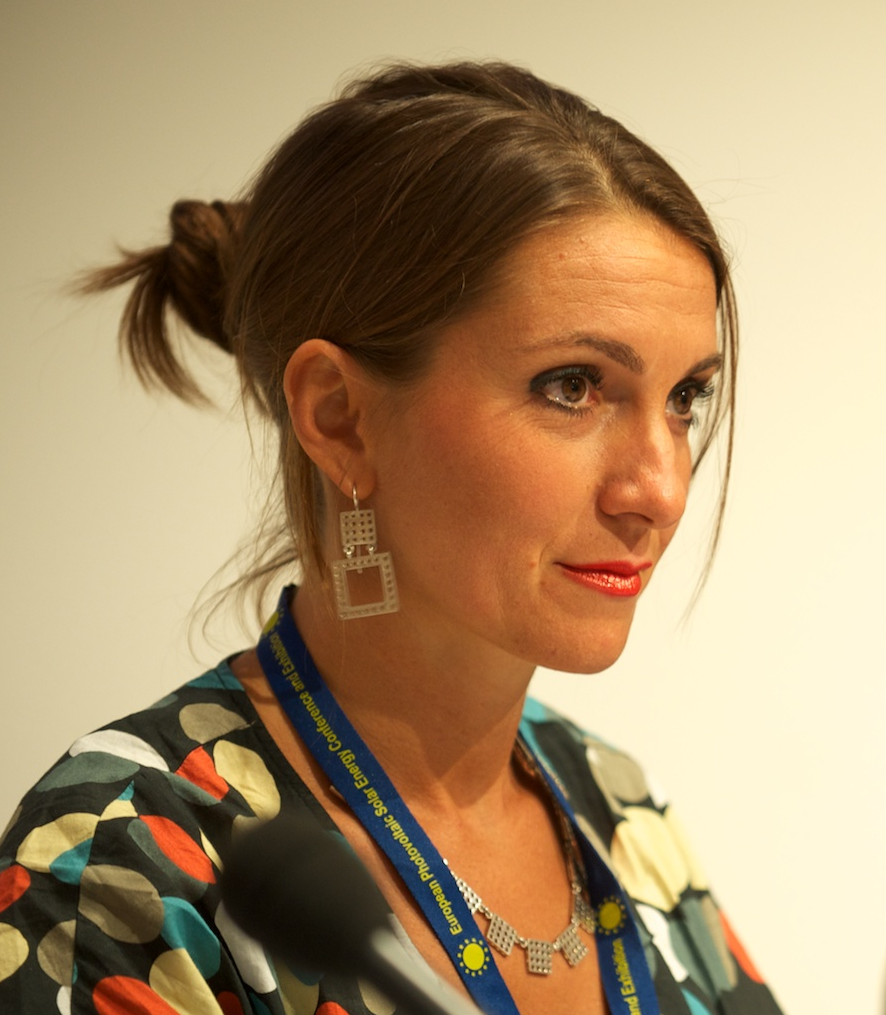
ENEA Italian National Agency for New Technologies, Energies and Sustainable Economic Development| Portici | Italy
Architect, PhD in Technologies for Architecture and Environment. Since 2000 she works as researcher at ENEA (Italian National Agency for New Technologies, Energy and Sustainable Economic Development), Photovoltaic Technologies Area (www.enea.it). Her main interest is working on the hybrid border between scientific research and design, to create a domain of common understanding and possibilities for experimentations in the real living environment.
Her main fields of activity are: Building Integrated Photovoltaics (BIPV), Landscape Integrated Photovoltaics (LIPV), Net Zero Energy Buildings and Smart Cities.
She writes papers, she collaborates with the architectural magazine Domus, she patented innovative photovoltaic components for buildings and the urban environment, she edited books, and she participates and organize several scientific events and conferences. After having worked at the architectural scale, since 2007 she investigates the topic Energy-Landscapes, with a special focus on Photovoltaics and agricultural greenhouses.
She is a teacher at the Italian National Institute of Architecture for a post graduate master “Designer of sustainable architectures”. She is involved in European Project aiming at the development of special photovoltaic components for buildings. She is also involved in several IEA (International Energy Agency) research groups. In particular: 2008-2012 IEA SHC Task 41 “Solar Energy and Architecture”; 2008-2013 IEA SHC-EBC, Task 40-Annex 52 “Towards Net Zero Energy Solar Buildings”, 2013-2017 IEA SHC Task 51 “Solar Energy in Urban Planning”.
Wim SINKE
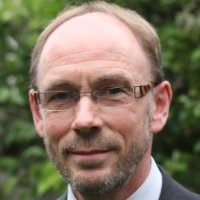
ECN | Petten | The Netherlands
Wim Sinke (1955) studied physics at Utrecht University, where he graduated in 1981. He did PhD research at the FOM-Institute for Atomic and Molecular Physics (AMOLF) in Amsterdam and received a doctor’s degree from Utrecht University in 1985 for a thesis entitled “New physical processes for silicon solar cells”. From 1986 to 1987 he was a visiting scientist at the Hitachi Central Research Laboratory in Tokyo, where he worked on amorphous silicon. From 1987 to 1990 he was project leader at AMOLF and was involved in crystalline silicon solar cells and fundamental properties of amorphous silicon, as well as in ion and laser processing of semiconductors. In 1990 he joined the Energy research Centre of the Netherlands ECN to set up and lead a new group on photovoltaics (PV). This group has grown to a size of over 80 people and covers a broad range of topics: wafer-based crystalline silicon, thin-film silicon and polymer solar cells and modules, including life-cycle and economic analyses, as well as PV systems and applications. In 2003 he was assistant director of ECN, from 2004 to 2011 he was Staff Member Program & Strategy at ECN Solar Energy. Currently he is Manager Program Development in the same department.
Wim Sinke is director of the TKI Solar Energy, one of the national public-private partnerships under the Dutch Top Sector Energy. He is also part-time professor at the University of Amsterdam on Science, Technology & Applications of Photovoltaic Solar Energy and part-time advisor and scientist at AMOLF in Amsterdam. Finally, he is Chairman of the European Photovoltaic Technology Platform. Wim has received several prestigeous awards, including the Royal Dutch/Shell Prize 1999 for Sustainability and Energy for his contributions to the science and technology of solar cells and for his role in the creation and development of the Dutch program on R&D and implementation of photovoltaics, and the European Becquerel Prize 2011 for outstanding merits in photovoltaics.
Sven STREMKE
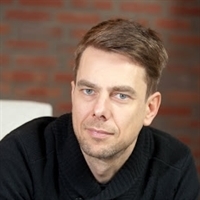
Wageningen University | Amsterdam Academy of Architecture | Amsterdam Institute for Advanced Metropolitan Solutions | Amsterdam | The Netherlands
Sven Stremke is Associate Professor of Landscape Architecture at Wageningen University in the Netherlands. His research focuses on sustainable landscapes with special attention to renewable energy. In 2012, Sven Stremke and Renée de Waal launched the NRGlab, a laboratory devoted to research on energy transition and design of sustainable energy landscapes.
Before enrolling to his Master study, Sven worked as a landscape architect both in the United States and in Germany. After graduating from Anhalt University, Sven started working as landscape architect in Barcelona. Soon after moving to Spain, he was offered a position at the Landscape Architecture chair group in Wageningen. Having the chance to conduct his doctoral research in the Netherlands, Sven started working for Wageningen University and joined the WIMEK research school in the summer of 2006.
In his doctoral research, he studied sustainable landscapes with a special focus on the regional scale and energy. Between 2006 and 2010, Sven collaborated with researchers from three Dutch Universities in a project entitled Synergies between Regional Planning and Exergy. In October 2010, Sven defended his PhD thesis: Designing Sustainable Energy Landscapes: Concepts, Principles and Procedures. The objective of his dissertation was to advance the planning and design of sustainable landscapes. The thesis discussed science-based design concepts (substantive knowledge) and means to organize the design process (procedural knowledge).
Dirk SIJMONS

Prof. emeritus TU Delft | H + N + S Landscape Architects | Amersfoort | The Netherlands
Dirk Sijmons (1949) is landscape architect studied architecture and environmental planning at the Technical University of Delft. From 1977 to 1984 he worked at several Ministries as a strategic planner. From 1984 to 1990 he was head of the Landscape Architecture Department of the Netherlands State Forestry Service.
In 1990 he was one of the three founders of H+N+S Landscape-architects, where he is mainly responsible for research and the regional plans. H+N+S received the National Prince Bernard Culture award in 2001. From 1994 – 2010 Sijmons was the chairman of the board of OASE, independent Journal on Architecture Theory. A more fundamental research into architecture is the Vedute foundation (www.vedute.nl) that Sijmons is chairing from 2011. In 2002 he received the Rotterdam-Maaskant award. His book publications in English are = Landscape (1998) and Greetings from Europe (2008). His latest book publication is Landscape and Energy (2014) on the implications and design challenges of the energy transition.
Sijmons was appointed first State Landscape Architect of the Netherlands for the period 2004-2008 to advise the Dutch government on landscape matters. He received the prestigious Edgar Doncker-award in 2007.
From 2008 Sijmons is professor Environmental Design at the Technical University in Delft and from 2011-2015 he held the chair of Landscape Architecture at the same University. Recently Dirk Sijmons was the curator of the International Architecture Biennale Rotterdam IABR–2014 with the theme Urban-by-Nature. He now works on numerous boards, publications and projects as a Senior Advisor to H+N+S Landscape Architects.
Rens WIJNAKKER
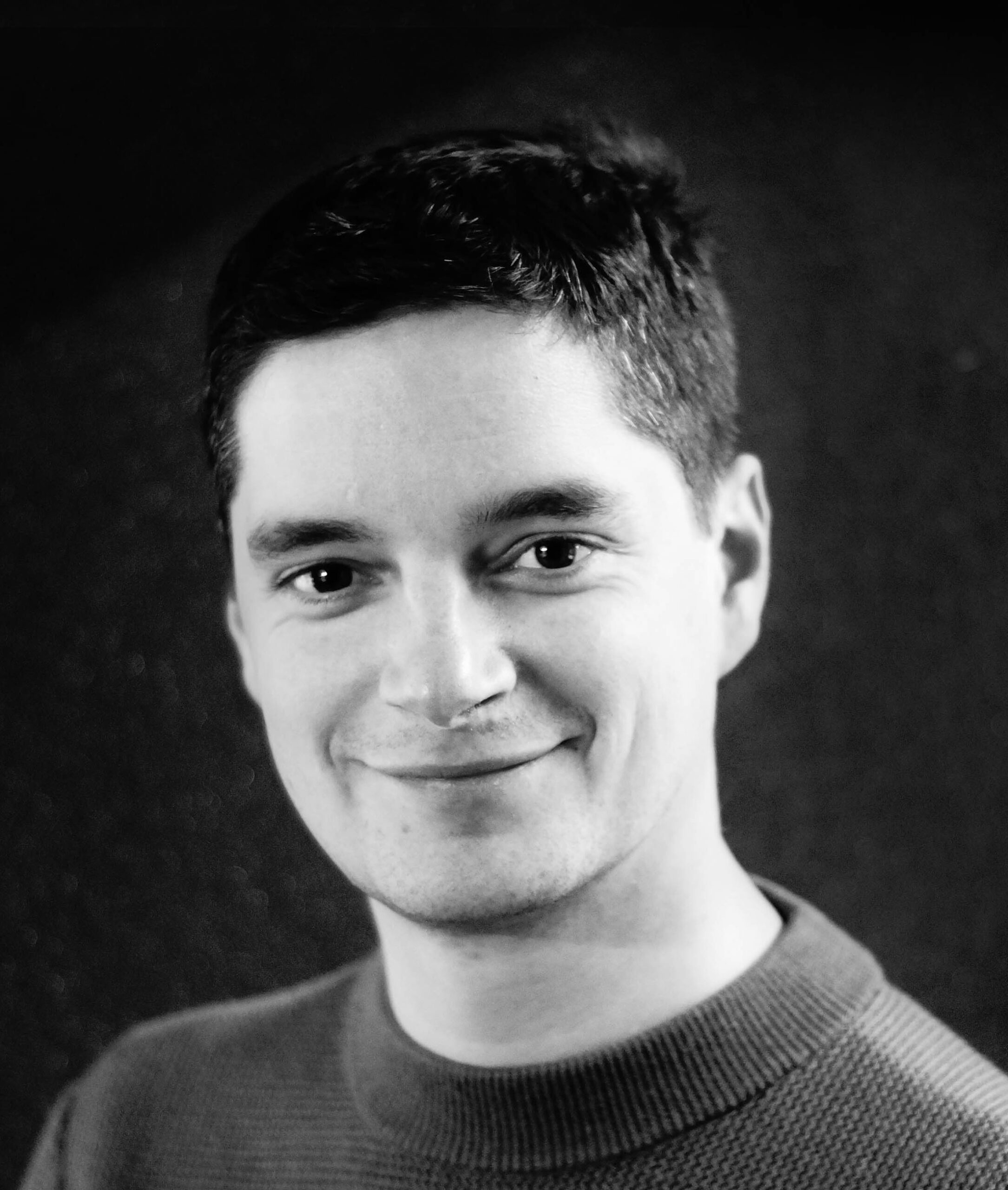
FABRICations | Amsterdam | The Netherlands
Landscape architect Rens Wijnakker works as project leader on a range of regional and urban projects in the Netherlands and Belgium. Trained at Wageningen University, he specialized in circular regional strategies and urban metabolism through various projects including Urban Metabolism Rotterdam (2014) and Buiksloterham Circulair (2016) . Besides these strategic projects, he worked on designs for gardens, public spaces and urban developments. In these more ‘traditional’ projects, he continuously makes an effort to integrate circular principles into the design, adding a meaningful layer to the space people live in. Knowledge developed in a strategic way becomes operational.
In 2011, he won the runner-up award at the Europan 11 competition. Next to his work at FABRICations, Rens is a guest teacher at the architecture department of Delft University and has lectured for a variety of universities and institutions in the Netherlands and worldwide.
Tom VAN HEESWIJK
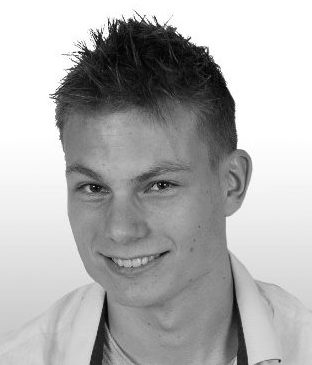
Wageningen University and Research | Wageningen | The Netherlands
Tom van Heeswijk graduated in March 2016 from Wageningen University with the master MSc Landscape Architecture. His master thesis involved perception research and design for solar energy applications in urban spaces. Since then he works as a landscape designer at Buro VLUGP in Amsterdam. Next to his job, Tom participated in the 2017 Post-Fossil City Contest, whereas his idea on urban solar energy was shortlisted as one of the 10 finalists.
Ger GIJZEN
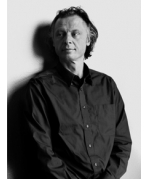
UNStudio | Amsterdam | The Netherlands
Ger Gijzen graduated from the Academie van Bouwkunst in Amsterdam and has worked at UNStudio since 1992. With his technical expertise and integrated approach to detailing Ger has contributed to unique technical solutions on civil works projects, such bridges and urban infrastructure like the Erasmus Bridge in Rotterdam and the Prince Claus Bridge in Utrecht, and many of UNStudio’s realised projects in Asia.
Ger has an in-depth interest in façade engineering, an expertise that intensified while working on a number or retail projects including
both Galleria Department Stores (Seoul and Cheonan), the Star
Place luxury mall in Kaohsiung, the Scotts Tower in Singapore, as
well as Hanjie Wanda Square in Wuhan. Current projects include the building remodeling of the Hanwha HQ in Seoul and the Wilmar HQ office building in Shanghai. With his interest in combining research
on electronic components in building elements with new applications of material solutions, he has been steadily involved with different knowledge platforms, foremost sustainability and material research related, and is therefore also responsible for key research projects in these fields and for coaching colleagues and advise on these matters.
Astrid SCHNEIDER
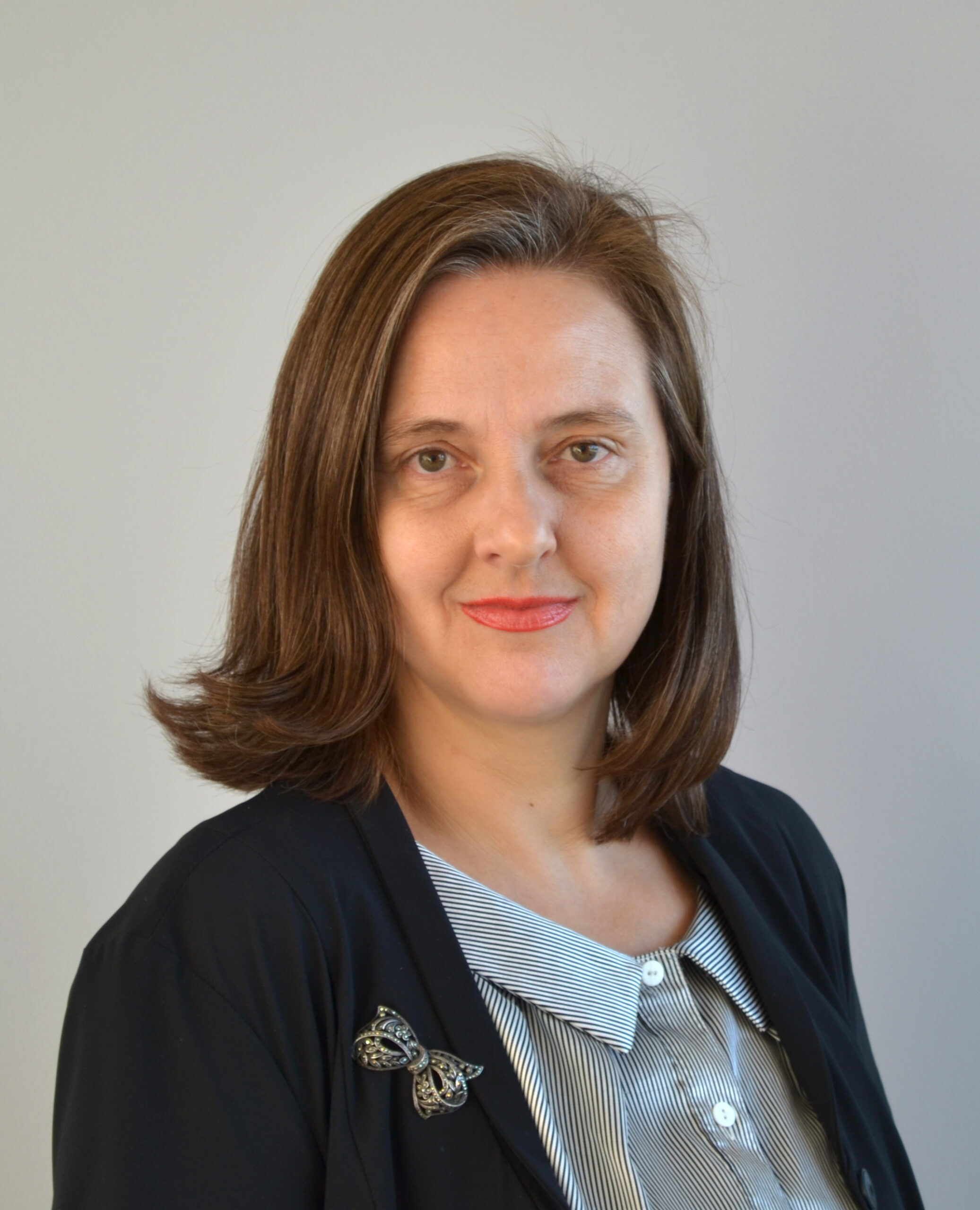
Business Unit Photovoltaic Systems | Center for Energy | AIT Austrian Institute of Technology | Vienna | Austria
Astrid Schneider is a specialist for building integrated Photovoltaics at the AIT Austrian Institute for Technology in Vienna.
She works in the field as a specialized writer, architect and expert since about 20 years. Her career began as the author of book and film ‚Solararchitecture for Europe‘, which was published in 1996 at Birkhäuser Verlag. The film won several prizes, such as the Priz Leonardo silver medal.
Since 1996 she is specialized in research, design and architectural application of solar modules, working at the Photovoltaic industry (Atlantis Energie Systeme AG) and two European research projects (BIMODE and PVACCEPT) about the development of coloured and special designed solar cells and modules. She invented and patented the ‘’Solar Window Shutter’, which she installed as well in the ‘Energy Village’ Nechlin, which won the ‘Energy Efficiency Price’ of the federal state of Brandenburg in 2016. The project ‘Energiespeicher Nechlin’ a renovation with innovative BIPV-façade elements won the sustainability price of the UNESCO- Biosphärenreservat Schorfheide-Chorin in 2013. Actual work includes several research projects such as ‘PV-OPTIRAY, Innovation action ‘smart(D)ER’ and writing the ‘Photovoltaic Roadmap for Austria’, which won the EUROSOLAR Austria Price in 2017 as well as participation on IEA-PVPS-program Task15: ‘Acceleration of BIPV’.
Georg BAUTZ
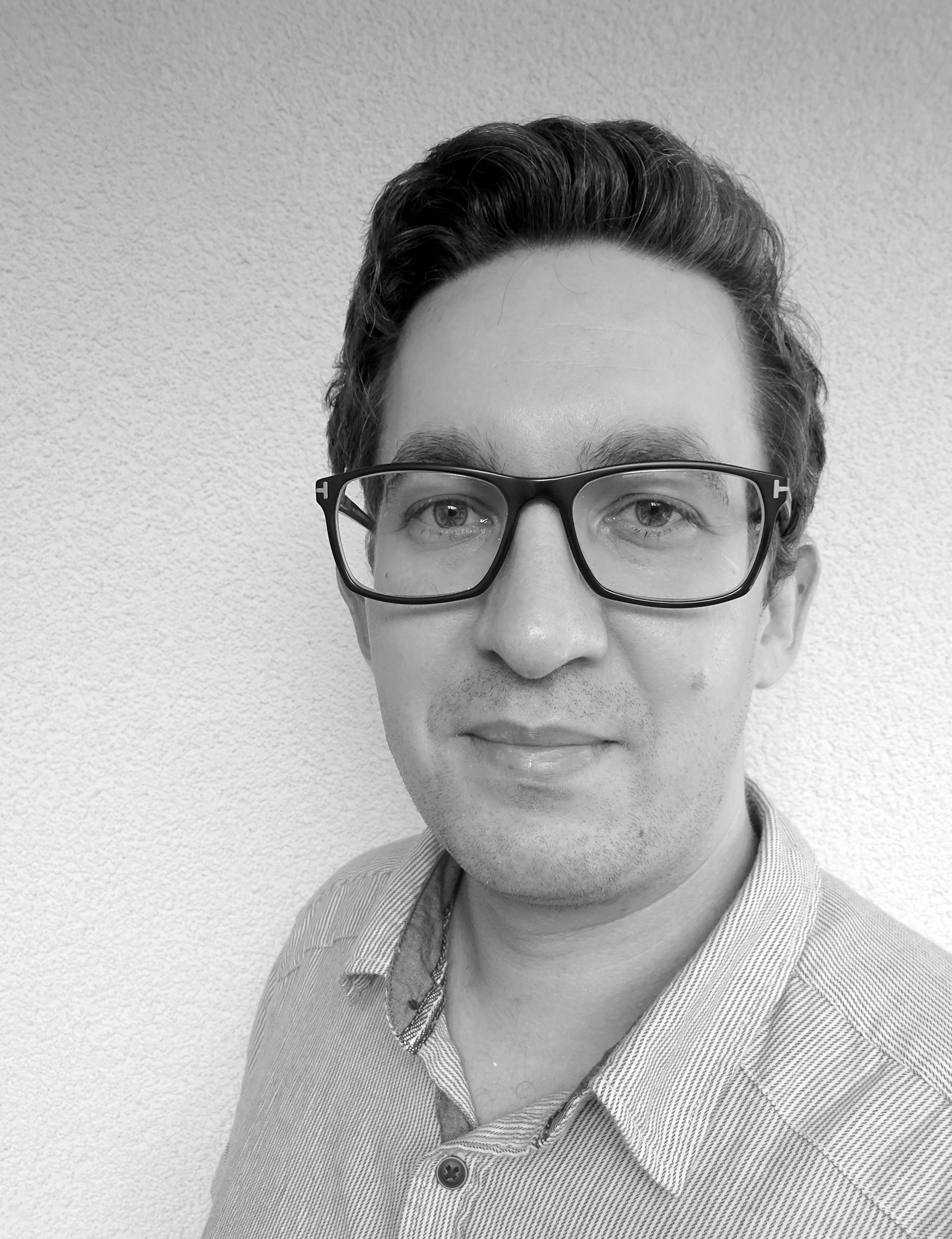
Department of Landscape, Spatial and Infrastructure Sciences | University of Natural Resources and Life Sciences (BoKu) | Vienna | Austria
Georg Bautz is a landscape architect, lecturer and scientific assistant at the Institute of Landscape Architecture, University of Natural Resources and Life Sciences (BOKU) in Vienna.
Coming from the field of graphic design as a former art director, he worked for Austrian and German landscape architecture offices, before starting his scientific career at the Institute of Landscape Architecture, where he is now focused on urban public space, the visual re-presentation of complex urban systems and geographic information systems. He is currently working on the development of criteria for the approval of interventions in public space for the municipality of Vienna. In the research project “Syn[En]ergy – Development of Potential Synergy Effects between Urban Planning Goals and Photovoltaic Usage in Urban Open Spaces” he is exploring the integration of renewables into the urban city fabric.
He is a member of the Austrian Association of Landscape Architects (OEGLA).
Nigel TAYLOR
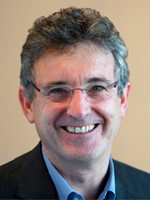
European Commission | Joint Research Centre | Ispra | Italy
Nigel Taylor currently leads the photovoltaics R&D project in the Renewable Energy Unit of the Institute for Energy and Transport. He represents the SET-PLAN Information System in the Solar Europe Industrial Initiative. He is a topic organiser on standardisation for the EUPVSEC conference and task leader for the module and system performance expert group in European photovoltaic research infrastructure network SOPHIA. Dr. Taylor graduated in mechanical engineering from Dublin University, Trinity College in 1982 and was awarded his Ph.D. also from Trinity in 1987. After jobs in industrial R&D in Germany and Italy, he joined the European Commission in 1997.